Quartzy: the Chinatown edition
Happy Friday!

Happy Friday!
I’m Nikhil Sonnad, a reporter on Quartz’s video series Because China. I’d like to talk about Chinatowns.
Right as our team was putting the finishing touches on a story about the emergence of a new kind of Chinatown, a very antiquated understanding of them entered the conversation. This came from Shane Gillis, a comedian who was set to join the cast of Saturday Night Live. A viral video showed Gillis and comedian Matt McCusker discussing Manhattan’s Chinatown, using it as a jumping-off point for joyfully mocking Chinese people (they can’t speak English), Chinese food (“a very dishonest cuisine”), and Chinese restaurants (there’s too many of them). Gillis’s SNL offer was quickly rescinded.
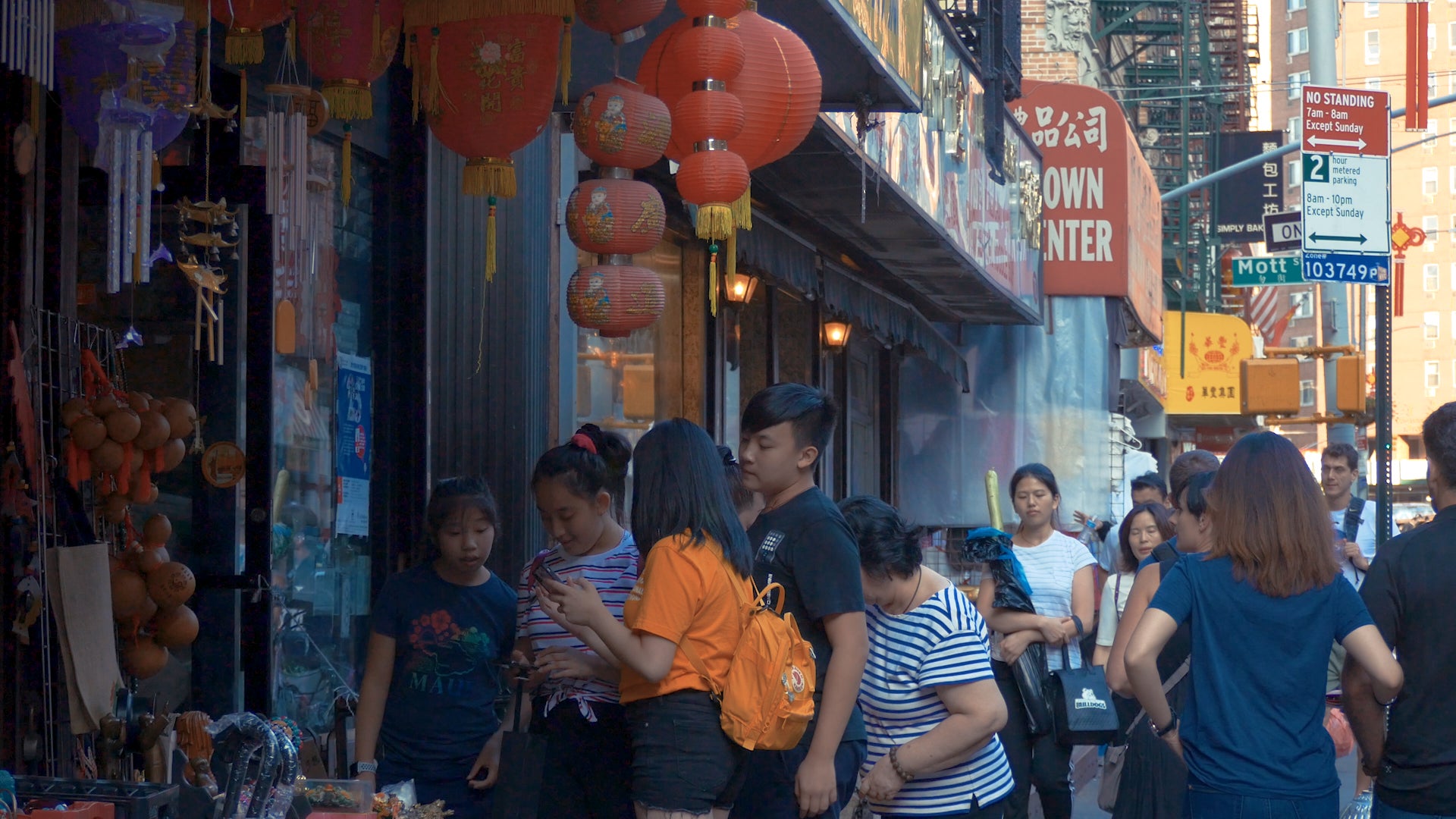
Never mind that these jokes are as bland as food invented by white people. Gillis and McCusker also exhibited total ignorance about the place they’re mocking. “I wonder how that [Chinatown] fucking started,” McCusker speculates. “They [Chinese people] just built one fucked-up looking building and people were like, alright, no one said anything.”
In fact, Chinatown was less a choice than a necessity. Like many storied American institutions, Chinatowns began because of racism. Immigrants banded together for safety—Chinese migrant workers who settled in the western US during the Gold Rush were murdered and driven out by mobs of white miners. State legislation, like California’s Foreign Miners Tax Act of 1850, backed these anti-Chinese mobs. The destruction of their rural homes and opportunities drove Chinese migrant workers to urban areas. And why all those restaurants in Chinatown? Because the 1882 Chinese Exclusion Act barred all entry of Chinese “laborers,” but allowed them to immigrate as merchants, so opening shops and restaurants was one of few routes available for entering the country.
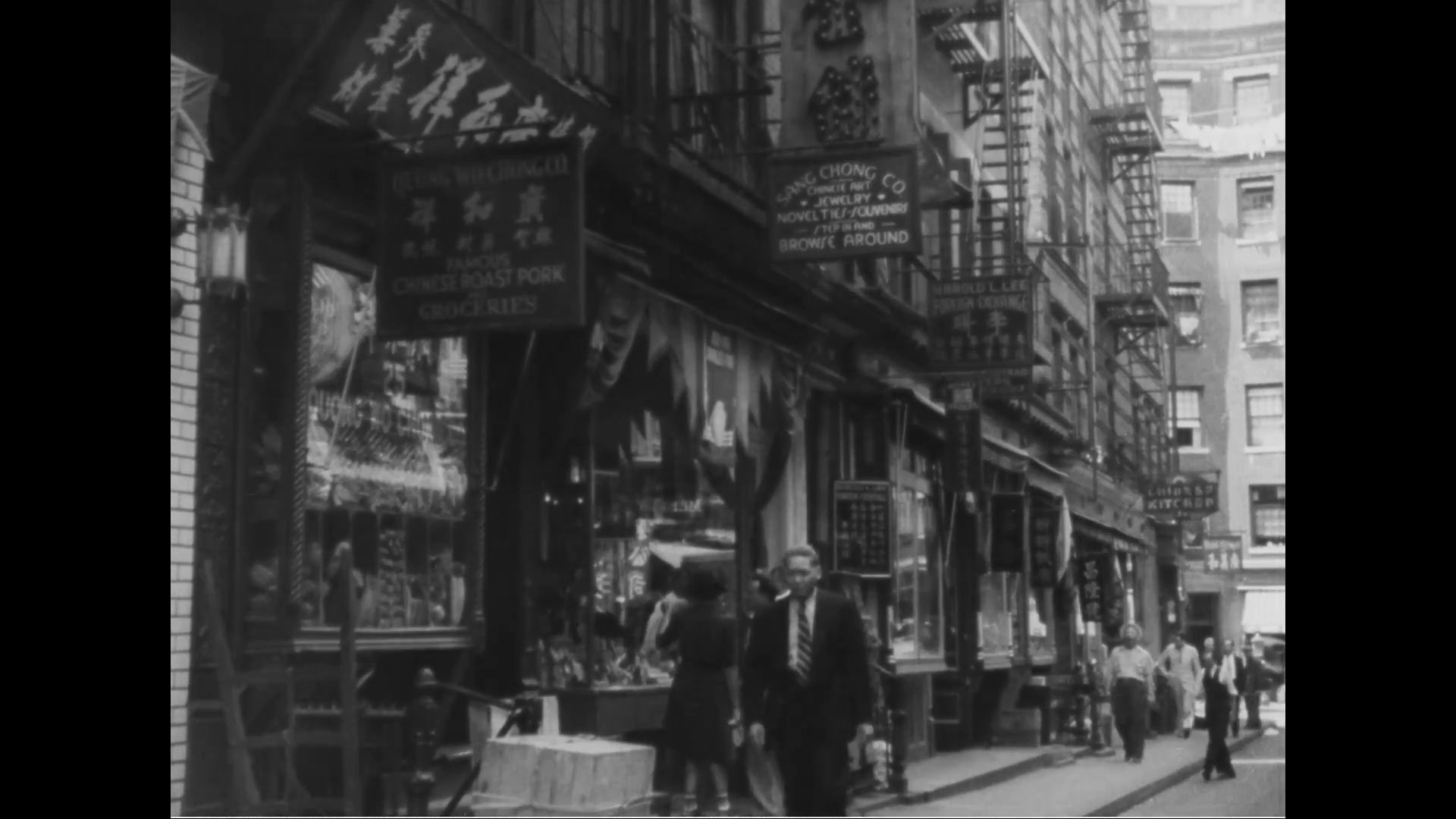
As China itself has grown wealthier and more developed, necessity has given way to choice. To see what I mean, take the subway from Manhattan’s Chinatown to Flushing, Queens. There, you’ll feel like you’re in not Chinatown, but a modern, developed city in China.
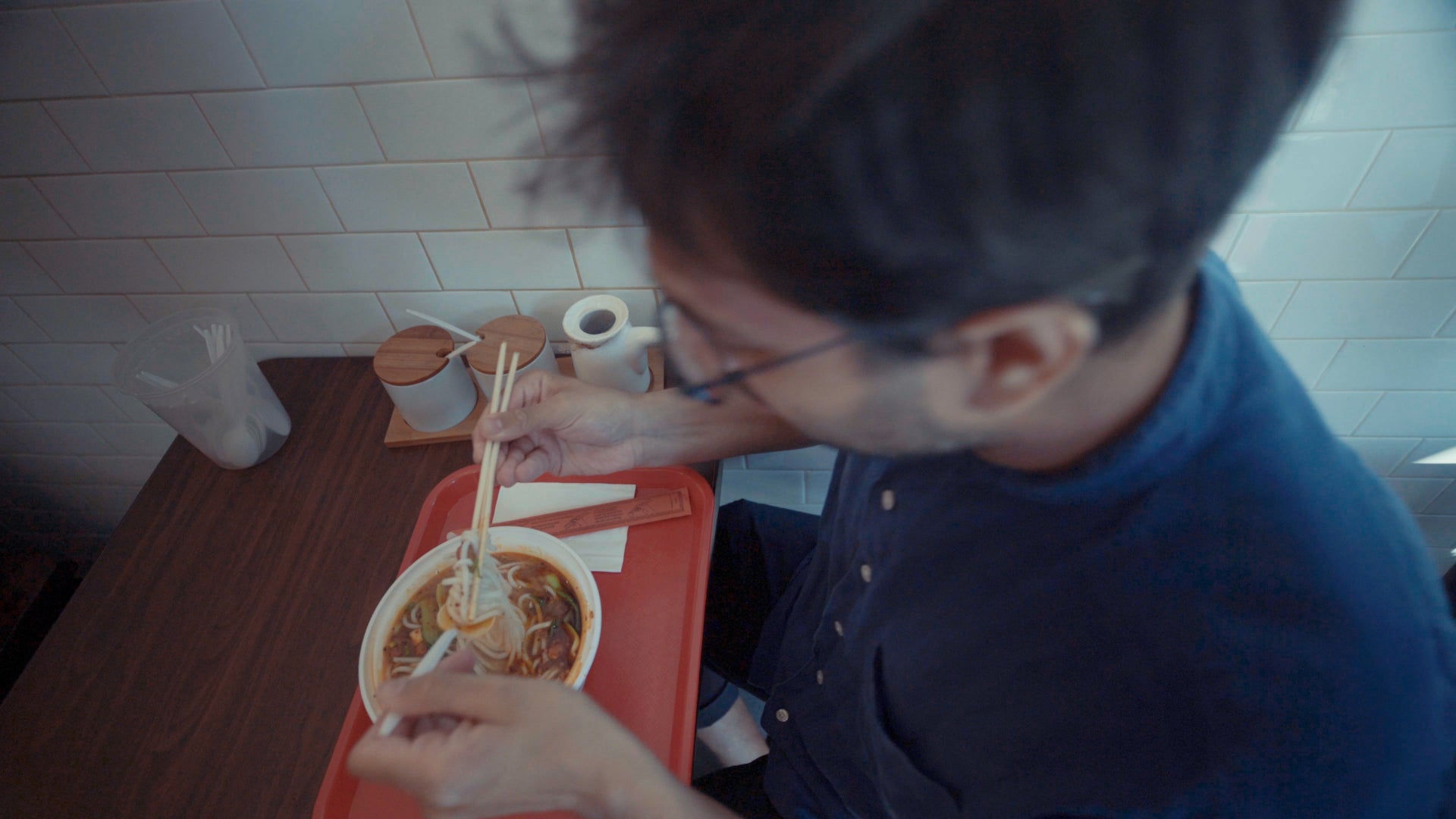
New Yorkers know Flushing as the go-to destination for food about as flavorfully delicious as anything you can find in China. And they’re not wrong—as I write this, I am salivating at memories of perfectly pan-fried dumplings and noodles with just the right amount of “Q.”
Here’s me getting down with some Guizhou hot and sour noodles at a shop on Flushing’s Main Street.
But there’s much more to it than food. I’ll say more about that in a sec, but if you want the whole picture, check out our full video about Flushing and the neighborhoods like it around the world, coming out next Wednesday, Sept. 25. It’s part of our series Because China, where we travel around the world—Brazil, Japan, Malaysia, Ethiopia, Greece, Zambia, the list goes on—to find traces of China’s global influence. The show is now entering its second season, and is available with a Quartz membership. Membership gives you Because China and much, much more for $15/month, $99/year, or a free seven-day trial.
Alright, let’s make our way back to Flushing 🚇.
What makes Flushing different. Flushing defies many of our stereotypes about immigrant enclaves in cities. Yes, it has its fair share of restaurant workers, grungy noodle shops, massage parlors, bubble tea, and the like. But there are also university students and professionals, swanky high-rises with multimillion-dollar apartments, brand-new malls, and high-end restaurants, all primarily serving Chinese customers.
This is all part of a new type of immigrant settlement: the “ethnoburb.” That term was coined in the late 1990s by Wei Li, a geographer at the University of Arizona. These are well-off suburban areas where one ethnic minority makes up a significant portion of the population. Ethnoburbs don’t have to be ethnically Chinese. But the huge and growing number of high-skilled, well-educated, financially mobile people from China means they are populating ethnoburbs around the English-speaking world. Here are just a few, certainly worth checking out if you’re nearby:
- Flushing, New York
- Richmond, Vancouver
- Markham, Toronto
- Box Hill, Melbourne
- Monterey Park, Los Angeles
- Hurstville, Sydney
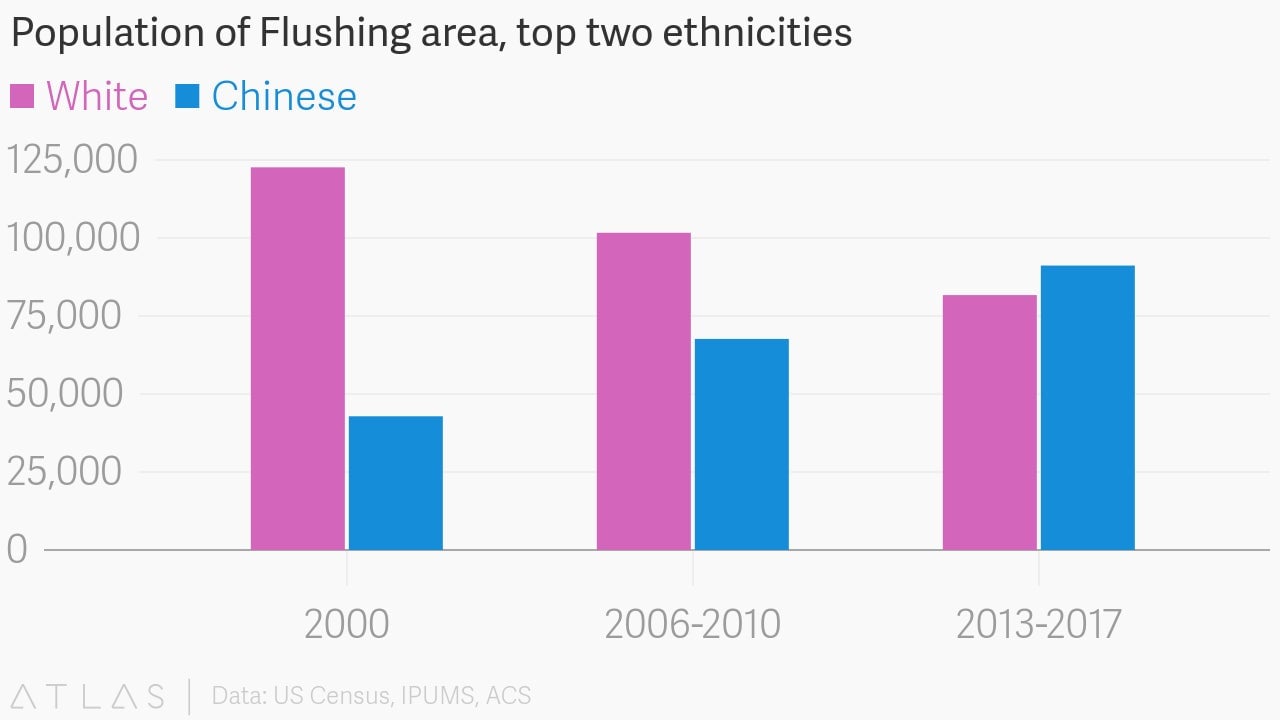
These places are relatively new. Today, when you walk around Flushing, the appearance of non-Chinese people can come as something of a shock. But it wasn’t long ago that the area was predominantly white. In the late 1970s and early 80s, middle-class Taiwanese immigrants began arriving there in large numbers. They established part of Flushing as “Little Taipei;” this Mandarin-speaking area eventually became attractive to mainland Chinese. Since then, the ethnic Chinese population has overtaken whites, and that’s especially pronounced downtown.
[quartzy-recipe]
If all the food talk is making you eager to step up your Chinese cooking game, I suggest making your own chili oil, or hongyou. This stuff is not like hot sauce, meant to be added in small dashes to add a bit of spiciness. Rather, it is the main fat in many spicy Chinese dishes. Most of what you find at the grocery store is way too hot to play that role, and often it just tastes kinda weird. Luckily, it’s easy to make your own.
You’ll need Sichuanese ground chilies. These can be hard to find, depending on where you are. More widely available Korean ground chilies work well as a replacement. Put four ounces of chilies in a heat-proof bowl. Then, heat up 2 cups of vegetable oil until it just barely starts to smoke. Pour a small spoonful of oil over the chilies and see how they react. They should sizzle excitedly. If they don’t do much, the oil isn’t hot enough. If they start to blacken and burn, the oil is too hot. Once you’ve got the oil just right, pour all of it onto the chilies. Add to the final mix a teaspoon or so of sesame seeds and a smallish piece of crushed ginger. Let it sit in a jar for a couple days before using it in a dish like dandan noodles.
Then again, you could always just head over to your local Chinese ethnoburb and pay someone to do all of this for you.
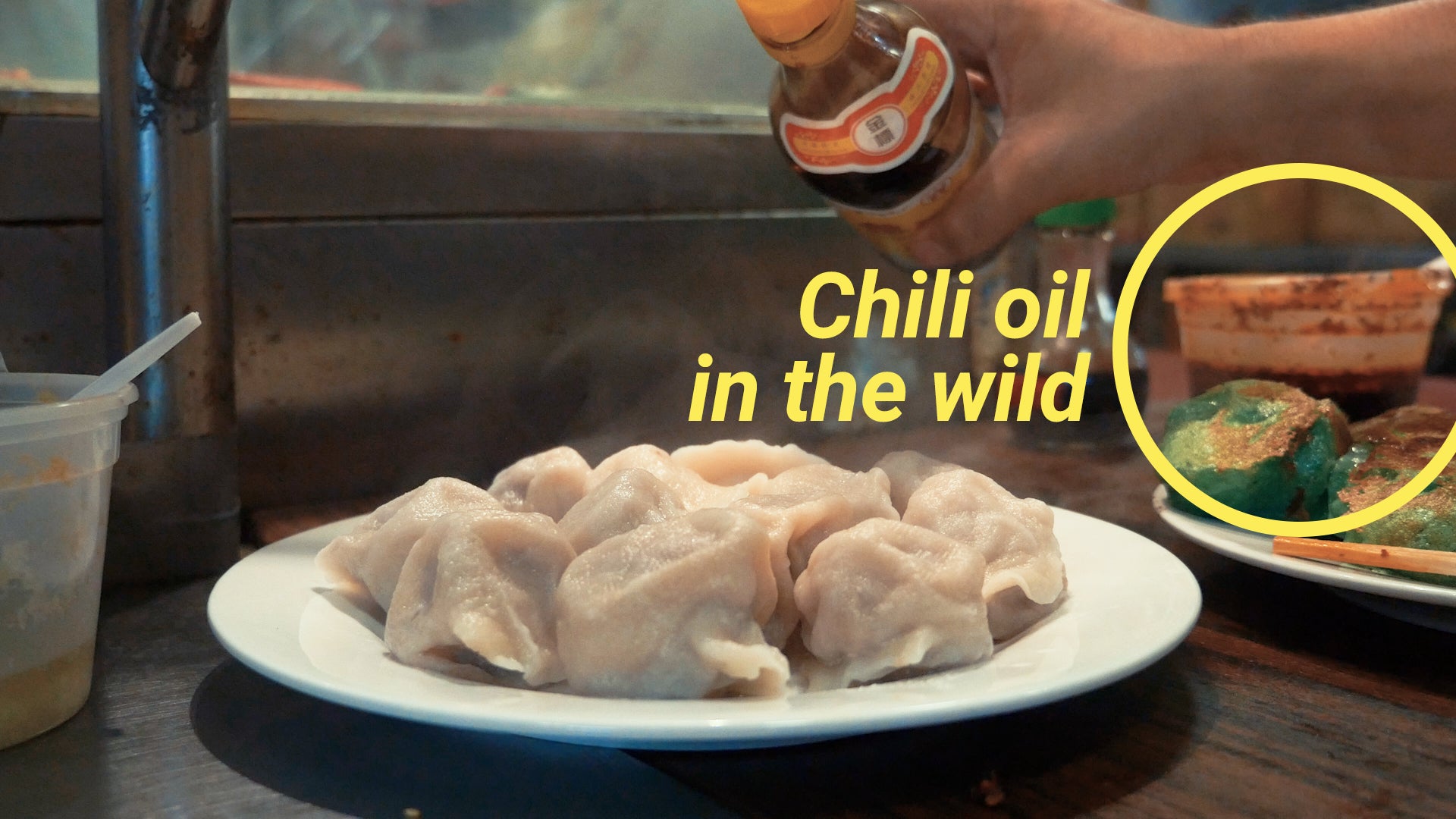
That’s that. Have a great weekend!

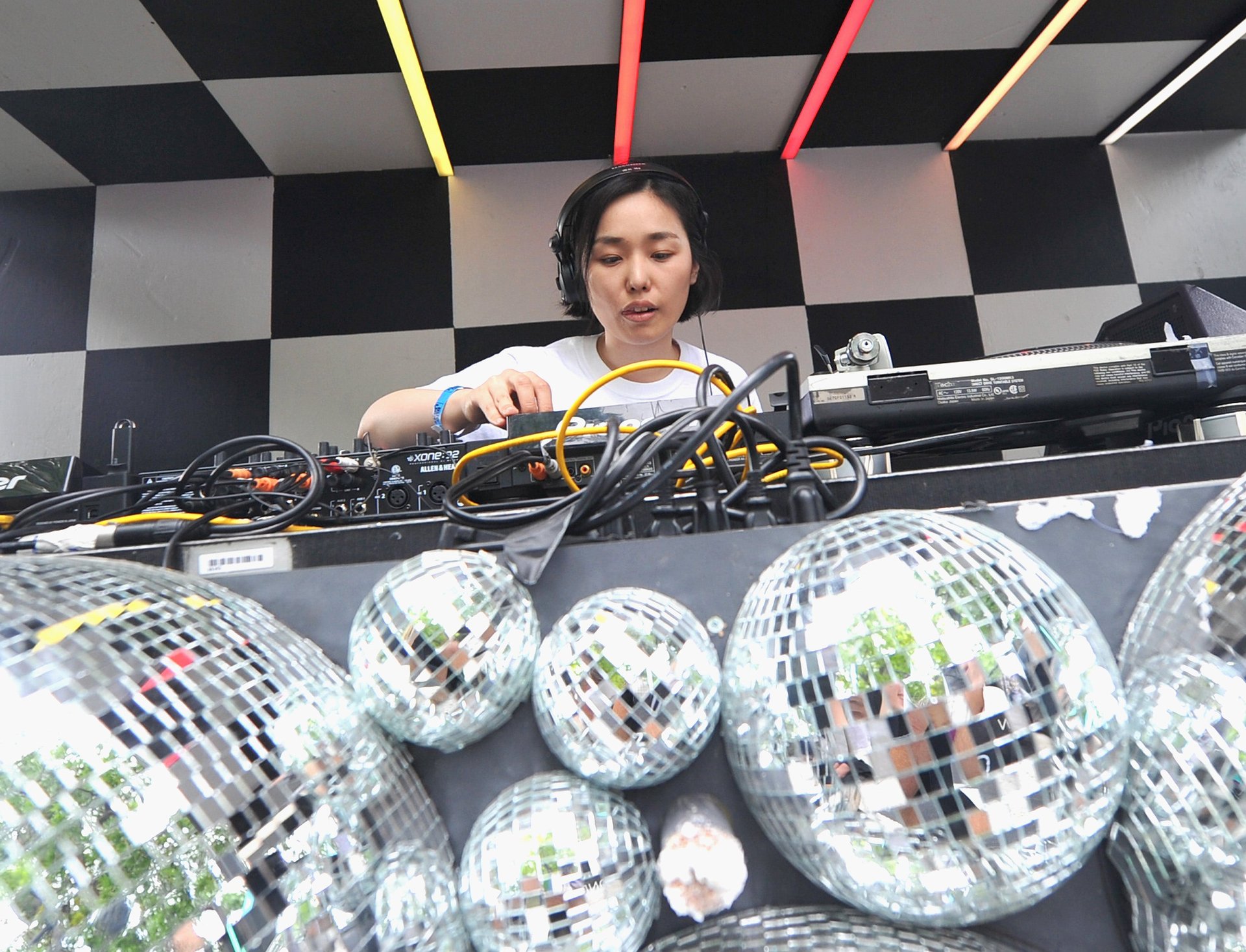
I’m going to use this platform to recommend the Japanese DJ and producer Powder, who I saw play a lovely extended set this past weekend. Fully on display was her distinct technique of not just mixing tracks but putting them in conversation. She moves from track A to track B, then A+B, then oh is this just A again? Then C, then C+A, back to A, ah B has reappeared now, or is that C+B? And so on, each combo creating a fresh groove to get down to. Here’s a great mix of hers, here’s another, and if you happen to be near New York or Boston, you can see her this month.